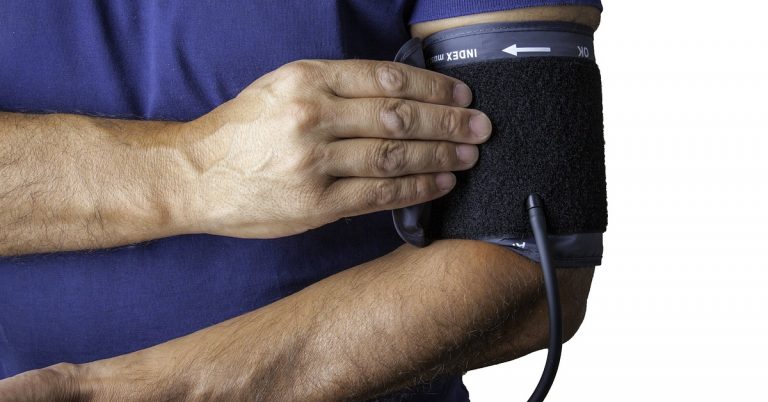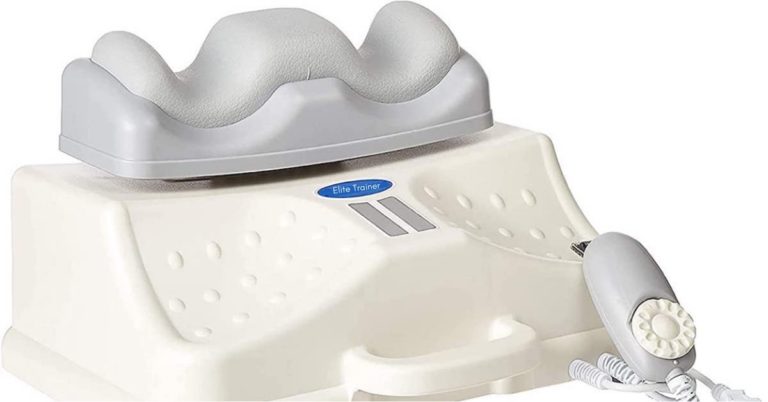Recently, a 70-year-old client of mine wanted to add high-intensity interval training to her regimen, so she decided to join a local gym. As part of her membership, she was given a free assessment which involved a method of measuring body fat known as bioelectric impedance.
Bioelectric impedance works by sending a small electrical current through the body and depending on how much resistance is encountered, it can measure total body water which is used to estimate body fat. It’s not the most accurate way to assess body composition, but it’s common in many health clubs.
The Shocking Results
My client was expecting some decent results from the assessment – after all, she’s been eating right and training consistently for many years – but the results were not decent at all! With a straight face, the trainer told my client that she’s 44% body fat and needs to lose 16 pounds.
First of all, no trainer should ever tell a client how much weight they need to lose. To tell a 130-pound healthy individual that she needs to lose 16 pounds is ridiculous and completely unprofessional.
Furthermore, this client is in pretty good shape. To suggest that practically half her body is made up of fat is just nonsense. You don’t have to be an expert to realize that the results are inaccurate.
A similar incident occurred with bodybuilding coach John Parrillo and one of his top female athletes. Listen to this interview at around the 9:16 mark for the story.
Take-Home Message: Factors like body fluid amounts, hydration status, and electrode placement can influence the results of a bioelectric impedance analysis. Look for other methods to measure body fat, such as a DEXA scan or skinfold measurements, that are more accurate and show the distribution of fat throughout the body.
![How to Measure Your Clients [Video Presentation]](https://theelitetrainer.com/wp-content/uploads/2019/03/How_to_measure_your_clients-1.jpg)
How to Measure Your Clients [Video Presentation]
Many personal training certifications mention the importance of measuring clients to track changes in body composition, but very few of these organizations actually show you how to do it!
In this video presentation, you’ll be guided through a step-by-step approach for body measurements.
Learn a three-stage system to use when measuring clients along with the single most important measurement tool for maximum client retention.

Normal Blood Pressure with Red Meat and Salt
I checked my blood pressure this morning. This was taken after breakfast, which included a double espresso and two glasses

Chi Machine Power Nap
Back in 2007, my colleague Yusuf Omar introduced me to this neat device. It’s called a Chi machine. The first

6 Tips for a Good Night’s Sleep
Getting 7-9 hours of sleep can help you reduce the risk of health problems like cardiovascular disease, diabetes, and depression.
follow
Error: No feed with the ID 2 found.
Please go to the Instagram Feed settings page to create a feed.
